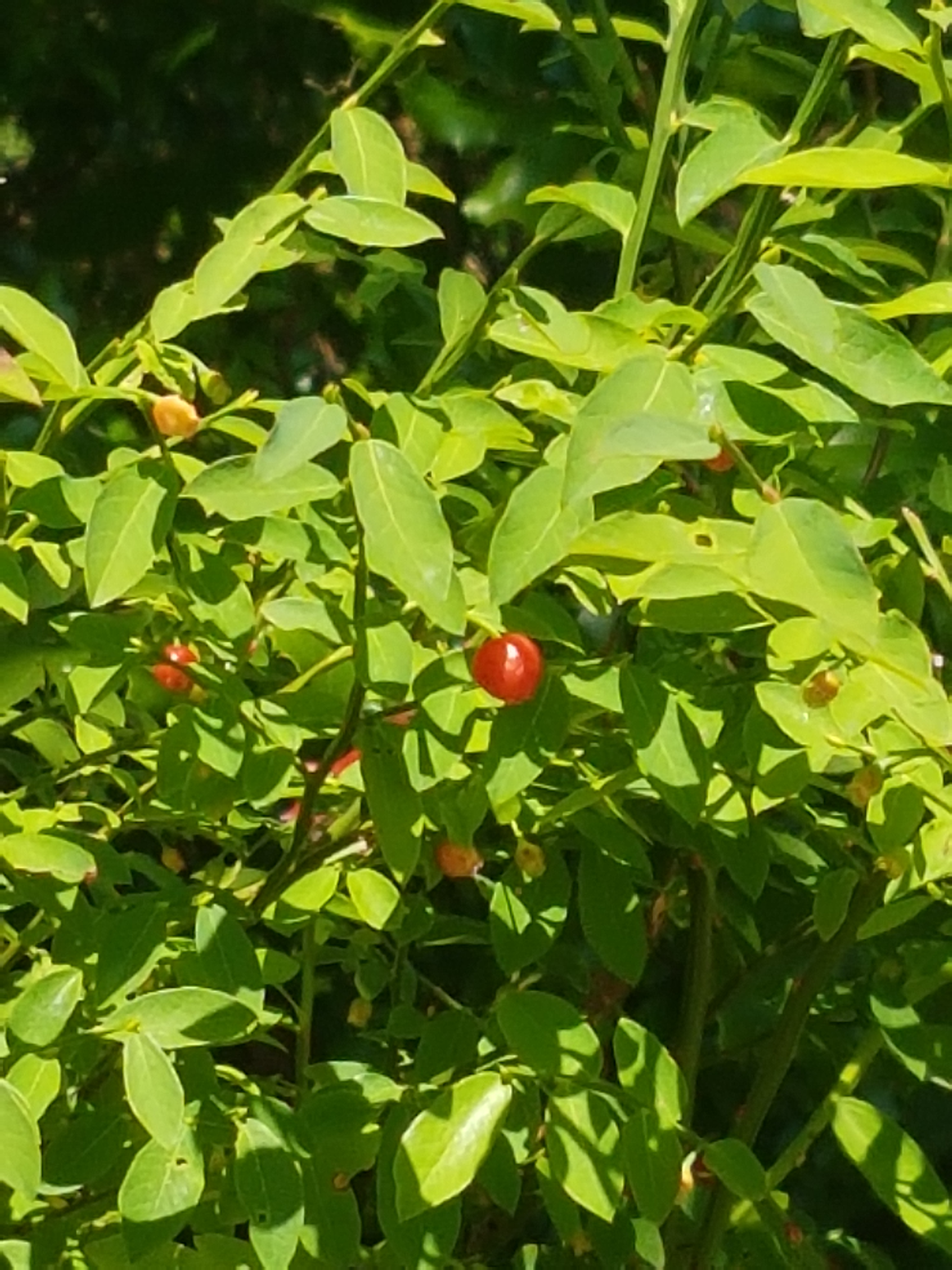Ethnobotony - Student Blogs
by: Kasia Karczewski and Kelsey Greer
Last week, ethnobotanist Hannah Roessler visited HCP to share her wealth of knowledge with the students. Hannah comes with a variety of experience in the plant world: a degree in environmental science, a farmer for 10 years, teacher at Pacific Rim College in the permaculture design program, at UVIC for ethnobotany, and works alongside elders to preserve Indigenous food systems. Her enthusiasm, knowledge and respect for elders who came before her was apparent from the get-go! Hannah began the class by asking the students what plant they would like to be. A fun and unique way of getting to know each other, but also an great introduction to our continual connection to the plant world. We participated in a hands-on experience with nettle. Taking dried nettle stalks collected in the fall (therefore not harming the plant) we cracked and softened the stalks to reveal the silky fibers and then twisted it to created a tough, rope-like twine. Hannah also brought many samples of local food/medicine plants such a tea made of consumption plant, and a taste of licorice fern root, while we discussed the importance of ethnobotany as horticulturalists. Once she finished her presentation we went out for a walk in the native garden and explored uses of plants right in our own garden.
But what is ethnobotany? Many people may balk at the term, thinking it is a highly academic field inaccessible to most. A brief history of the discipline begins with archaeologist John. W Harshberger attending the World's Fair in 1893, and in awe of the exotic collection of plants, saw a need for a new discipline of plant study. However, it was conceived in a eurocentric male academic mindset. Dr. Richard Evan Schultes was the first to live amongst communities and study their use of plants with respect and understanding. Now it is a worldwide but small and dedicated group. In British Columbia, we have two well-known ethnobotanists, Dr. Nancy Turner and Dr. Wade Davis.
At its core, ethnobotany is the study of the relationship that people have with plants. As a human race, beyond culture, location and class, we are all unified by a common heritage of reliance on and knowledge of plants. Many people in the West do not recognize this anymore. This discipline is more than just a historical record of past human accomplishments. The human / plant interrelationship is ongoing. We debunked the myth that it is only the study plants by indigenous/non-industrialized people. Any cultural group is included and any use of pants. The North American suburban cult of the lawn can just as well be an ethnobotanical study.
Today, plants are taken out of their natural habitats, isolated from their environment, and striped of their wholeness to extract only what we want - cutting down an old growth tree for hardwood, growing medicinal plants in a lab to isolate one compound, importing an exotic flower from a world away. In reality, one plant can be used in so many different ways and different contexts. We can't just isolate one plant from its environment. How it was used and managed offers a large part of its story. We turn to ethnobotany to rediscover how we have fallen out of touch with our once intimate knowledge of plants, their uses, and our respect for them.
Ethnobotany is also the study of human adaptations and innovation. We can study the manipulations of plant material together with the cultural context in which the plants are used. Hannah shared a cool story with us. During a walk at Island View beach, she quickly noticed a groupings of traditionally used plants: crabapple, lomatium nudicaule (Consumption plant), Potentilla anserina (Silverweed), and nootka rose. This was not a coincidence. These are signs of cultivated areas. They may look different from our farmland but plants were moved around, cultivated, and used to modify spaces. Once you learn what plants were used by local communities you can notice these cultivated areas. Walking through forest, you can see culturally modified trees, such as cedar's stripped of planks used for building instead of being felled. Cultural knowledge also includes taking cues from the natural world. Crops were planted based on how other plants are behaving such as planting peas when forsythia blooms.
So why do we need ethnobotany? How can we justify devoting time and resources to the task of preserving traditional environmental knowledge? Ethnobotany brings humanness to the world of botany. People have participated in the management of natural systems for millenia. Yet now, we are faced with the threat of knowledge loss. On one hand, we are so mobile now and have the internet's bank of information at our fingertips. But this also causes us to be disconnected from source. Reconnecting with plants reconciles us with the loss of place and connection to where we are living now. Ethnobotany should be of particular interest to us living on the West Coast and as horticulturalists. We live among and cultivate many traditional plants of interest without knowing just how much meaning these plants held, and still hold to indigenous cultures. Of 400,000 vascular plants, ⅓- ¼ are used medicinally. However, there is a lot contamination of local food and medicine sources, as well as resource extraction of traditional lands. Indigenous peoples need to have a way to express their needs to industry, and maintain a dialogue about how their environment is changing.
With preserving our ecologies we must have gratitude and acknowledgement toward the peoples who have maintained and passed down this knowledge. This collective knowledge humanity shares of its environment is essential in efforts to conserve the earth's biodiversity. In this modern time of political and ecological crisis, we are rediscovering the importance of diverse ecologies and human knowledge systems and how we are horticulturalists can honour and be part of this relationship.


